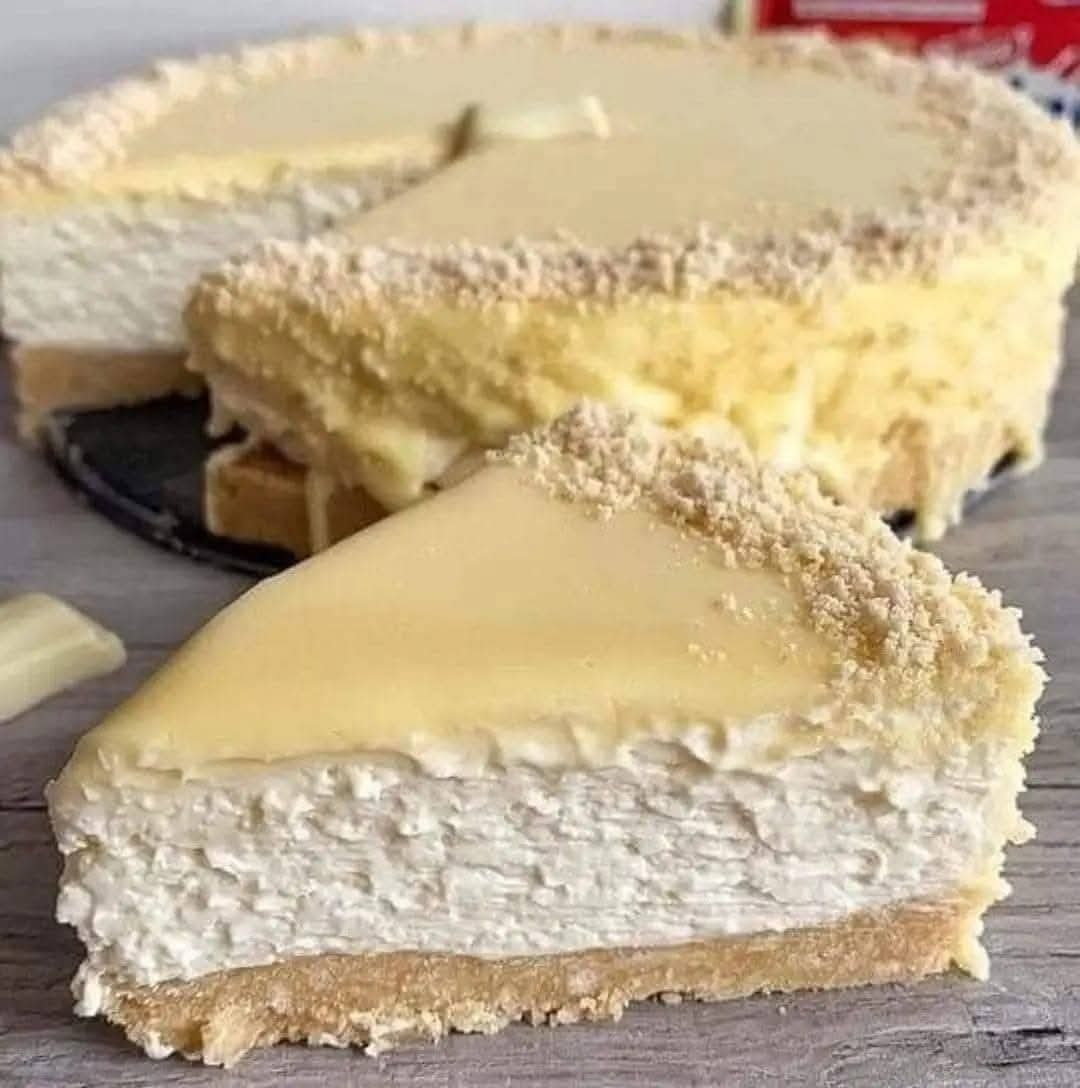New York cheesecake is more than just a dessert—it's a cultural icon. Known for its creamy, dense texture and simple yet luxurious flavor, this cheesecake has earned its place in the dessert halls of fame. Whether served plain or topped with fruit or chocolate, it's a showstopper on any table.
A Brief History of New York Cheesecake
Cheesecake itself dates back to ancient Greece, but the version we know as New York cheesecake emerged in the 20th century. Its creation is often credited to Arnold Reuben, a German immigrant and New York restaurateur, who claimed to have invented the modern version in the 1920s.
What makes it distinctly "New York" is the inclusion of extra egg yolks and heavy cream or sour cream in the filling. This results in a rich, smooth consistency that sets it apart from other regional varieties, such as Italian cheesecake made with ricotta or French-style cheesecake with a lighter mousse-like texture.
Ingredients: The Core of Creaminess
To make a true New York cheesecake, high-quality ingredients are essential:
Crust:
Graham crackers (or digestive biscuits)
Butter, melted
Sugar, for sweetness and structure
Filling:
Cream cheese (full-fat and room temperature for a smoother texture)
Sugar
Eggs (plus egg yolks)
Sour cream or heavy cream
Vanilla extract
Optional: lemon zest or juice for a hint of tang
Topping (optional):
Fresh fruit (strawberries, blueberries)
Fruit compote or sauce
Chocolate ganache
Whipped cream
Making New York Cheesecake: Step-by-Step
- Preparing the Crust
The base of a New York cheesecake typically starts with crushed graham crackers mixed with butter and sugar. This mixture is pressed into the bottom (and sometimes the sides) of a springform pan. Pre-bake it for about 10 minutes to set it before adding the filling.
- The Creamy Filling
The star of the show is the filling. It’s made by creaming together cream cheese and sugar until smooth and fluffy. Then, eggs and egg yolks are incorporated one at a time, followed by sour cream or heavy cream, and vanilla extract. Overbeating can cause cracks in the final product, so mix gently after the eggs are added.
- The Baking Process
One hallmark of New York cheesecake is the baking technique. It's typically baked at a high temperature initially (around 450°F/230°C) for 10 minutes, then the temperature is lowered to around 225°F/110°C for an hour or more. This method helps set the structure while keeping the inside silky smooth.
Many bakers opt for a water bath (bain-marie) to keep the baking environment moist and to reduce the risk of cracking. Wrap the springform pan in foil to keep water out, place it in a larger baking dish, and add hot water halfway up the sides of the pan.
- Cooling and Setting
After baking, turn the oven off and let the cheesecake sit inside with the door slightly ajar for an hour. This helps prevent sudden temperature changes that can cause cracks. Then refrigerate for at least 4 hours, preferably overnight. This chilling time is crucial for flavor development and texture.
Texture and Flavor: What Sets It Apart
The texture of a New York cheesecake is:
Dense: Unlike lighter varieties, it has a substantial, satisfying bite.
Creamy: Thanks to high-fat ingredients and careful baking.
Smooth: No lumps, no graininess—just silky perfection.
Flavor-wise, it's rich but balanced, with a gentle tang from the cream cheese and sour cream. It's often served plain because the filling is flavorful enough to stand alone, but it also pairs beautifully with fruit or sauces.
Common Mistakes and How to Avoid Them
Even experienced bakers can struggle with cheesecake. Here are a few common pitfalls:
- Cracks in the Surface
Overmixing the batter incorporates too much air.
Rapid temperature changes cause expansion and contraction.
Baking without a water bath.
- Leaking Water Bath
Always wrap the pan in multiple layers of heavy-duty aluminum foil or use a cheesecake moat (a special pan designed to keep water out).
- Under or Overbaking
Use a thermometer—cheesecake is done when the center reaches 150°F (65°C).
The middle should still jiggle slightly when shaken.
Serving Suggestions
Although it's often served plain, New York cheesecake is a blank canvas. Here are some delicious toppings and variations:
Fresh Fruit: Strawberries, raspberries, or blueberries add freshness and color.
Fruit Sauce: A drizzle of raspberry or cherry compote adds a tart contrast.
Chocolate Ganache: For the chocoholics, a glossy chocolate topping is decadent.
Salted Caramel: Sweet and salty, it pairs beautifully with the creamy base.
Whipped Cream: Lightens each bite and adds visual appeal.
Creative Twists on New York Cheesecake
Purists might prefer the classic version, but there are plenty of fun spins on the original:
Mini Cheesecakes: Great for portion control and entertaining.
Swirled Cheesecake: Add chocolate, berry puree, or pumpkin to the batter and swirl for a marbled effect.
Gluten-Free Crust: Use gluten-free graham crackers or almond flour.
No-Bake Version: While not truly New York style, it mimics the flavor with a simpler prep.
Storing and Freezing
New York cheesecake stores beautifully:
Refrigerator: Keeps for 4–5 days when covered tightly.
Freezer: Freeze whole or in slices for up to 2 months. Wrap in plastic and foil, then thaw overnight in the fridge.
Perfect Pairings
Enhance your cheesecake experience with the right pairing:
Coffee: A bold espresso or cappuccino balances the richness.
Wine: Try a late-harvest Riesling, Sauternes, or Moscato.
Tea: Earl Grey or jasmine tea adds a fragrant note.
Conclusion: A Slice of Perfection
New York cheesecake is the ultimate indulgence—a dessert that delivers a rich, satisfying experience in every bite. With a few simple ingredients and careful technique, you can recreate this iconic treat at home. Whether you're baking it for a celebration, a dinner party, or a personal treat, it’s sure to impress.

